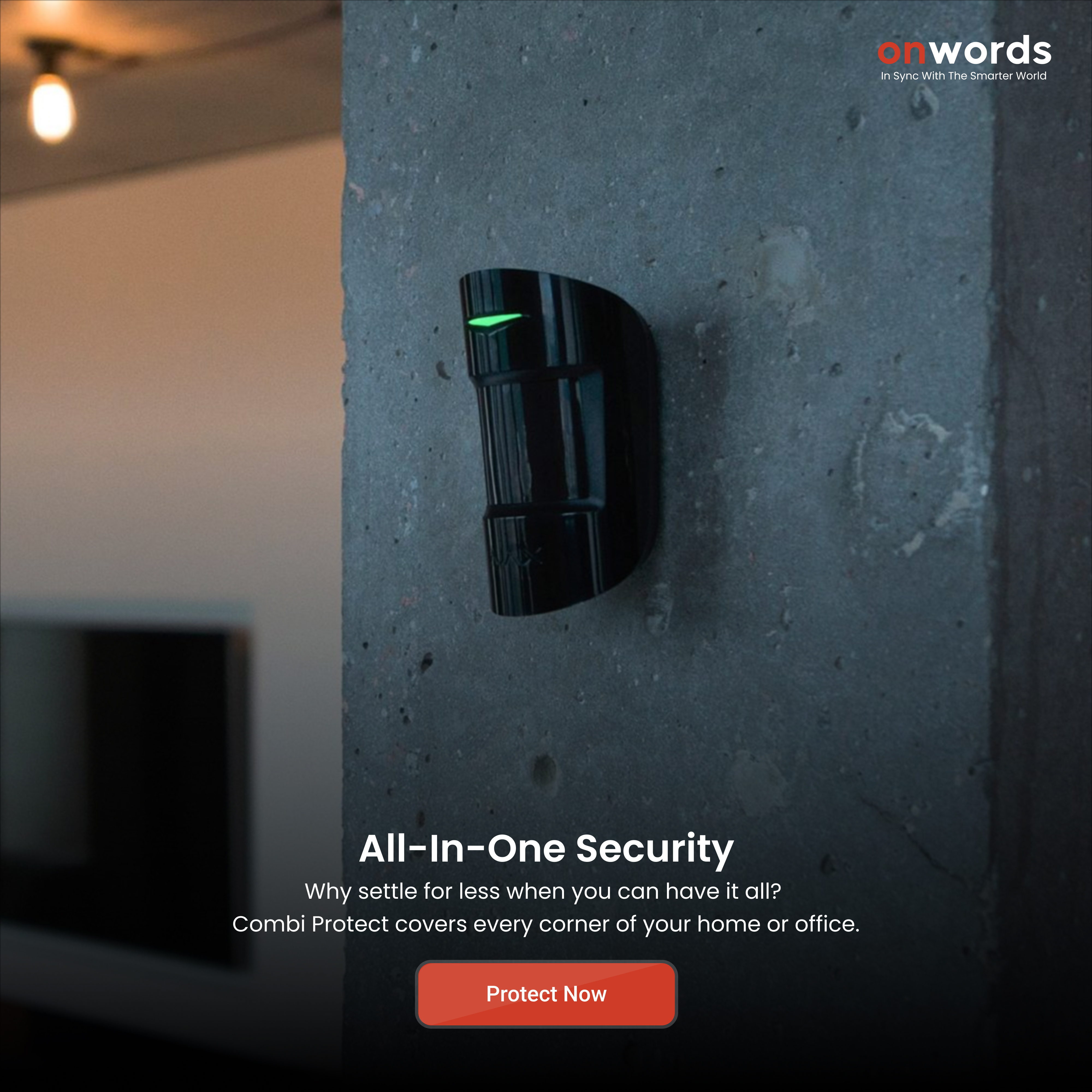Setting up a smart home network has never been easier. In just a few steps, you can automate your home, making it more efficient and tech-savvy. Here's how to do it!
Choosing Smart Home Devices
First things first, you’ll want to make a list of the smart devices that would simplify your day-to-day routines. Whether it’s automating your lights,
security cameras or even your thermostat, the goal is to pick gadgets that work well together. Ensuring compatibility among your chosen devices is key, so a bit of research beforehand can save a lot of hassle.
Connecting Devices
Getting everything connected is where the magic happens. Some companies offer professional setup assistance, but it’s not always necessary. Downloading the
smart home app, creating an account and following the pairing instructions will usually do the trick. Don’t forget to name your devices, add them to specific rooms and share access with other household members if needed.
Adding a voice assistant to your smart home setup is like having a personal assistant at your beck and call. Imagine controlling your lights, thermostat, and even your morning playlist, all with a simple voice command. It's super convenient and adds a fun, futuristic vibe to your home. Plus, it's great for accessibility, making it easier for everyone to interact with the home. Setting up routines and reminders is a breeze, and it truly makes your smart home experience seamless and personalized.
Ensuring Network Security
Now, let's talk security. Using strong passwords, enabling two-factor authentication, and keeping firmware updated are crucial steps. Setting up a separate guest network for visitors can also help keep your main network secure. Keeping your smart home safe from potential threats is just as important as making it convenient.
Optimizing Performance
To keep things running smoothly, place your
central hub in a central location and consider using Wi-Fi extenders if needed. Regularly rebooting your devices and monitoring network traffic can help optimize performance. A little maintenance goes a long way in ensuring everything operates seamlessly.
Troubleshooting Common Issues
It’s not always smooth sailing, but most common issues are easy to fix. If a device becomes unresponsive, try restarting it or checking the Wi-Fi connection. Slow response times could be due to network congestion, so updating your device’s firmware might be necessary.
Expanding the Smart Home Network
Once you’ve got the basics down, you can start expanding your smart home setup. Adding smart plugs, blinds or even smart kitchen appliances can further enhance your home’s automation. The more comfortable you get, the more possibilities open up.
Wrapping It Up
Setting up a smart home network doesn’t have to be complicated. With a little planning and attention to compatibility and security, you’ll soon enjoy a more efficient, connected home. So, why not give it a shot? Your tech-savvy future awaits!
"Connecting your home to the future, one step at a time
- Akshaya Gayathri





